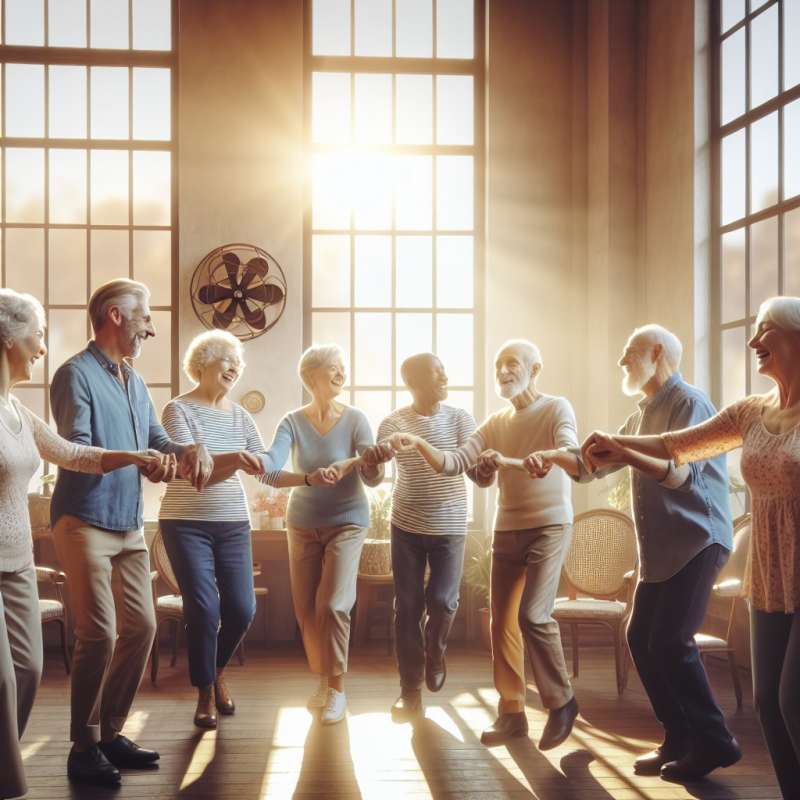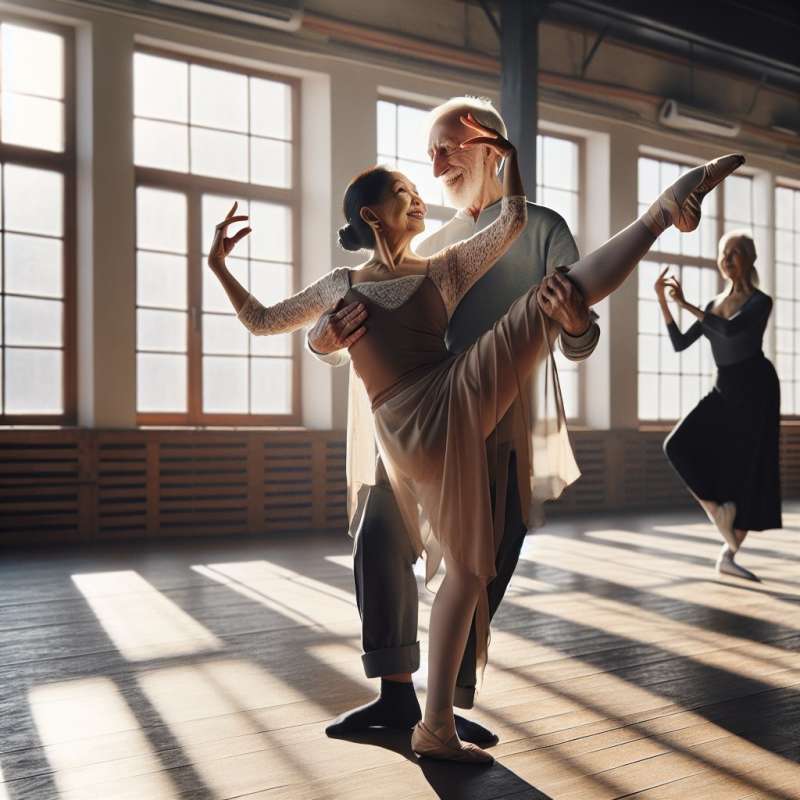
Improves Cardiovascular Health
Dancing increases heart rate, improving cardiovascular endurance. Regular dance sessions can reduce the risk of heart diseases, similar to cycling or jogging benefits.
Boosts Cognitive Performance
Dancing enhances brain function on a variety of levels. It increases neural connectivity because it combines cognitive, kinesthetic, and musical elements, reducing dementia risk.
Strengthens Social Bonds
Dancing in groups helps build stronger social connections. It increases the level of the hormone oxytocin, which fosters bonding and trust among individuals.
Enhances Flexibility and Balance
Engaging in dance routines promotes flexibility and balance. This can lead to a decreased likelihood of falls and injuries, especially important as we age.
Weight Management
An hour of dancing can burn up to 400 calories, similar to swimming or riding a bicycle. Various dance forms, from ballet to salsa, can contribute to maintaining a healthy weight.
Cultural Appreciation
Dancing can be a gateway to learning about different cultures. Traditional dances from around the world offer insights into the history, customs, and values of various communities.
Elevates Mood and Energy
Dancing raises levels of serotonin and can lead to a state known as a 'dancer's high.' It's associated with increased mental energy, vigor, and improved mood.
What does dancing improve, similar to cycling?
Muscle strength primarily
Cardiovascular endurance
Bone density significantly
Company